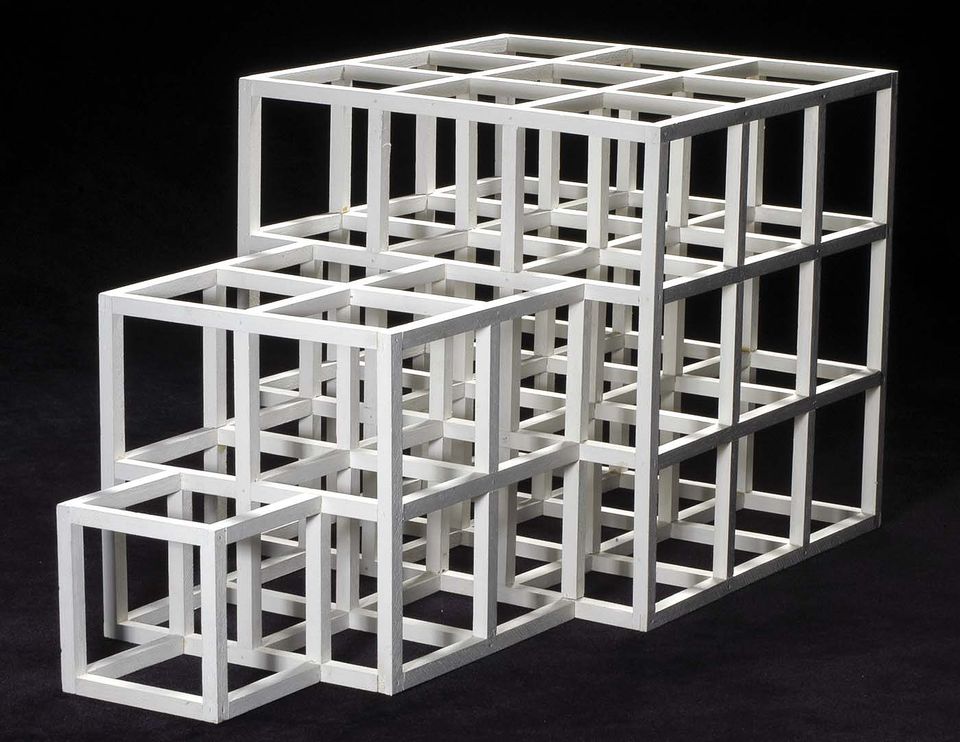Artwork Details
- Title
- Maquette for Barking Sands
- Artist
- Date
- ca. 1977
- Location
- Dimensions
- 14 7⁄8 x 43 x 10 1⁄4 in. (37.8 x 109.2 x 26.0 cm)
- Copyright
- © 1977, Peter Voulkos
- Credit Line
- Transfer from the General Services Administration, Art-in-Architecture Program
- Mediums
- Mediums Description
- hammered, welded and patinated bronze
- Subjects
- Study — sculpture model
- Abstract
- Object Number
- 1977.47.30
Artwork Description
In 1975 the General Services Administration commissioned Peter Voulkos to create a sculpture for the Prince Jonah Kuhio Kalanianaole Federal Building and U.S. Courthouse in Honolulu. The architects envisioned "a voluptuous bronze or dark metal piece" (quoted in Thalacker, The Place of Art in the World of Architecture, 1980). Voulkos named this work Barking Sands after the airfield where he and his "old buddies" were stationed during World War II. The geometric, curving forms were designed to be seen not only from the plaza, but also from high above in the building. The art community in Honolulu loved the sculpture but wanted it to be more visible, so they moved it to the inland side of the building in 1978. The completed work measures 6 by 5 by 25 feet.














